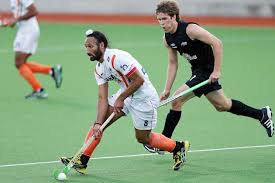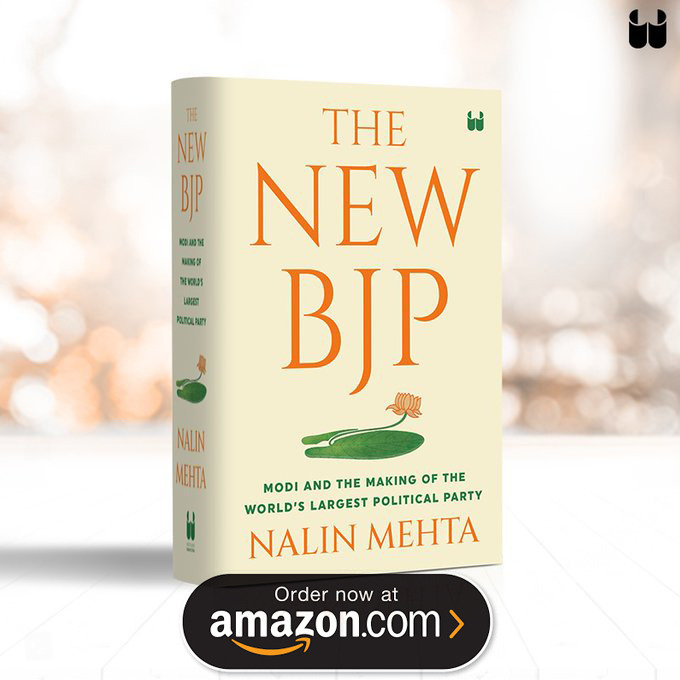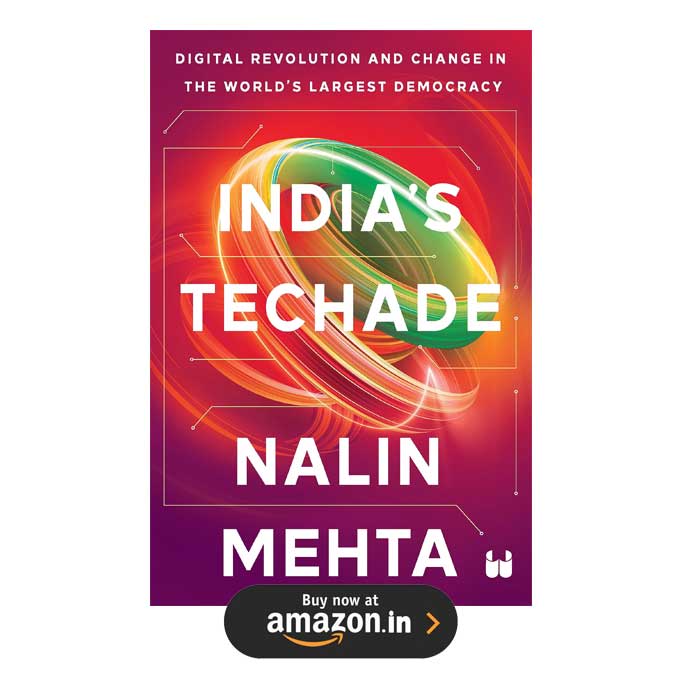After years of disappointments, Indian hockey is looking up again. So what’s the story behind the comeback? Sunday Times finds out struggling to raise funds to send Dhyan Chand’s team to the Amsterdam Olympics in 1928, when one of Indian hockey’s colonial administrators decided to approach Gandhi for help in fund-raising, the Mahatma famously responded by asking, “What is hockey?” It is a sentiment that may well characterize the attitude of many Indians today: most of whom were born after Indian hockey’s last great global triumph at the 1980 Moscow Olympics. Yet, despite the years of disappointments, the game has somehow remained etched in the Indian psyche, symbolizing the romance, the magic and mystery of Indian sport like no other. Now there is a sudden whiff of hope surrounding it again.
The national team’s triumph over Pakistan in Incheon to win the Asiad gold after 16 years, followed by an unprecedented 3-1 victory over world champions Australia this week has made many sit up and take notice. The Australians were experimenting under a new coach with six key players missing but they have always done so in such bilateral series. Yet, this is the first time India actually won. There is a sense that something may finally be changing in Indian hockey. The question is whether we are truly seeing the promise of a new dawn or yet another deceptive false start like so many in the past.
So what has changed? While there has been virtually no change in the underhand administrative politicking and ramshackle domestic structure that typifies Indian hockey , there have been three radical shifts.
Phoren Hand
First, there has been a sea-change in the way India’s elite top-30 players are trained and managed. It started in January 2013 with the coming of Dutch coaching legend Roelant Oltmans as Hockey India’s High Performance Director and his subsequent move in October that year to rope in Australian Terry Walsh as coach. Oltmans, rated by one former India captain as among the “top three hockey minds in the world”, led the Dutch to Olympic and World Cup gold medals in the 1990s and Walsh had a stellar career as player and coach for Australia. Where previous high-profile international coaches like Ric Charleworth and Michael Nobbs had spectacularly failed in India, these two ushered in a new workculture and training regime that seems to have lifted the team up a notch.
Captain and playmaker Sardar Singh, a veteran who has donned India colours for a staggering 200 games, is all praise for this new approach. “What you do in training is what you do in the match and for the last 7-8 months, we have been doing the best kind of training in the world,” he says. The new regime, says the captain, focused specifically on player fitness, ushering in modern methods like extended endurance training sessions in swimming pools, and also brought in new technical expertise. “We started playing modern hockey , with specific technical inputs for the defence, forwards line and mid-field.”
Powered by a professional support team, elite players have also remained injuryfree for the past few months and the team, unlike many in the past, has bonded. “We are like a family ,” says Sardar. “We think and act like a unit.”
Material changes have helped. Funding from Sports of Authority for hockey training and competitions remains pegged at a measly Rs 10.5 crore for 2014 but Hockey India is not entirely dependent on the government anymore. As one team observer says, “Earlier when the national team gathered for a camp, they would be put up in dormitories, now they are put up in separate good accommodation.” Former India captain and CEO Olympics Gold Quest Viren Rasquinha says, “There is no doubt that training camps and support staff have been much better in the past two years.”
League effect
Second, global exposure has helped. Many players say that rubbing shoulders with some of the world’s best players in the IPLtype Hockey India League, which started in February 2013, was a game-changer. The League did modestly on TV ratings but says Singh, “It brought the world’s best players to India. Sharing the dressing room with them, seeing how they prepare on matchdays and discussing small details with them made a huge difference.”
Season 3 of the IPL-type league starts again from January 2015. Nitin Kukreja, president, Sports at Star India, the broadcaster, adds that “it is still early days but the traction is beginning to show. Ultimately India still responds emotionally to hock ey and some of the ratings for the Asian Games final against Pakistan matched those of cricket.”
On the global map
The third big shift has been the international body , FIH, putting India high on its agenda as an emerging market. From 201418, for example, the international calendar gives India one major event a year. After the Champions Trophy in Bhubaneswar in December, India will also host the 2015 World League finals, the 2016 men’s junior World Cup and the 2018 men’s senior World Cup.
Serious problems remain. The domestic structure which is the lifeblood of the game is as messy as ever. Coach Terry Walsh has been locked in a bitter dispute with SAI over contractual and autonomy issues, and the infrastructure remains abysmal. In August, just before the Asiad, Oltmans wrote to SAI complaining that artificial pitches at the elite NIS, Patiala, were in a “dangerous” condition while others in Bhopal and Bangalore were also unfit.Delhi was the only venue deemed suitable for practice by the national team.
Bureaucratic fights over fraying facilities apart, India still has to prove that it can compete consistently at the highest level.Much of this same Asiad-winning team finished 9th at the 2014 World Cup and last at the London Olympics. Viren Rasquinha sums up, “The last few months have been wonderful but it is too early to say if we are seeing a new era in India hockey . The real test is the World Cup and the Olympics.”



